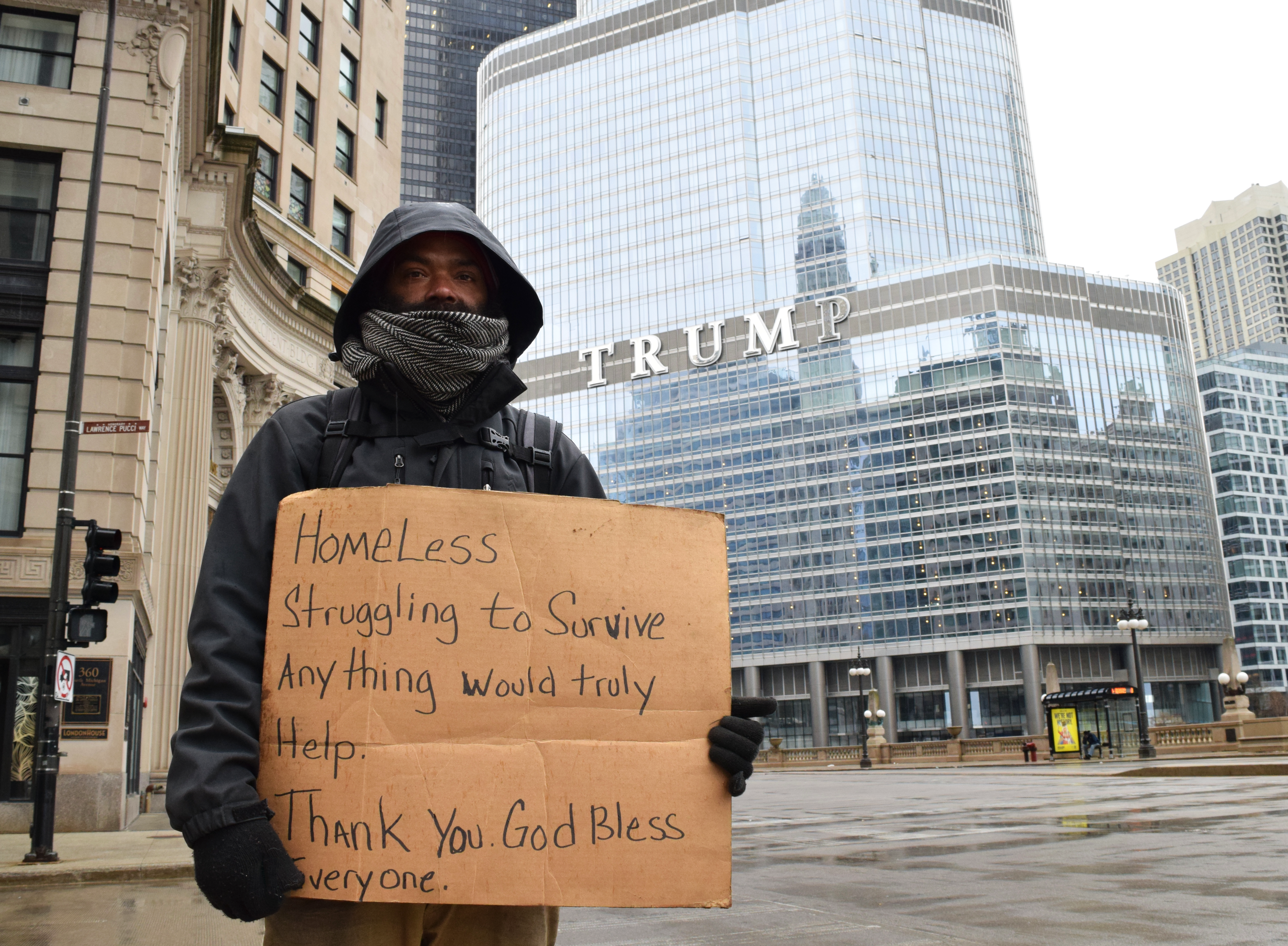As of 2023, 28% of the nation’s homeless population resided in California, garnering nationwide media attention for what many have deemed a homelessness crisis. Through a July executive order, Gov. Gavin Newsom sought to combat this crisis by directing state agencies to “address” homeless encampments across the state.
The move, made possible by a controversial June Supreme Court ruling, has received mixed opinions from the California and Stanford communities alike.
On June 28, the Supreme Court ruled with a 6-3 vote in Grants Pass v. Johnson to uphold laws that allow cities to criminalize homeless individuals from sleeping or camping on public property. The decision was soon followed by Newsom’s executive order calling on California cities to “move urgently” to clear homeless encampments on state land. Last month, Newsom threatened to cut funding from cities that do not comply with the order.
In response to the state taking action to clear homeless encampments, David Grusky, professor of sociology and director of the Stanford Center on Poverty and Inequality, called California’s policies “fundamentally problematic, because just by making a problem disappear in the near term, you don’t solve it.”
Homelessness in California has been increasing more rapidly than the rest of the U.S. in recent years, potentially decreasing public safety and economic activity, according to economics professor Mark Duggan.
“It therefore makes sense that many California residents are frustrated and think governments and non-profit agencies could be more effective in their interventions,” Duggan wrote in an email to The Daily. “On the other hand, it’s important to remember that people experiencing homelessness are among the most vulnerable members of our society who most need our help.”
In Santa Clara County, homelessness rose by 24% in 2023, with a recent report finding that 824 more households were left unhoused compared to the year before.
However, the Palo Alto Police Department does not plan to change its long-standing approach to homeless individuals in response to the Supreme Court’s decision, according to an email from Captain James Reifschnieder of the Palo Alto Police Department.
“We continue to be committed to addressing community health and safety concerns, while also respecting the rights and dignity of the unhoused,” he wrote to The Daily via email.
Derek Christopher, a postdoctoral scholar at the Stanford Institute for Economic Policy Research, said that the effects of the Supreme Court’s ruling on homeless populations will ultimately depend on public opinion within individual cities.
“Different people are going to be affected differently, depending on how localities decide to respond,” Christopher said. “Unsheltered homelessness undeniably places burdens on public systems, and officials who place greater value on having clearer streets may see this ruling as an opportunity to leverage law enforcement to achieve that end.”
Christopher added that he would not be surprised if the policy actions taken by cities will depend on whether complaints about encampments are more common in those locations.
Students and faculty members have expressed concern about how the decision will impact the well-being of homeless populations within the Bay Area and beyond.
Bertha Gonzalez ’27, a beat reporter for The Daily, volunteers at Central Arizona Shelter Services — a Phoenix-based emergency shelter program serving homeless individuals. She worries that the ruling will diminish the rights of homeless individuals who have exhausted all other possibilities of shelter.
“I have clients that come, or call, and say ‘I tried going to a shelter, and they didn’t have space.’ And when they do have space, they mean a mat on the floor that they sleep in, or overflow, which is just outside of the shelter.” Gonzalez said. “It’s quite literally impossible to get shelter sometimes.”
Grusky said that policymakers must take into account the needs of homeless individuals when making decisions that impact them, rather than focusing solely on the “personal anguish” of well-off residents who are impacted by encampments.
“This is the use of the law in a very regressive way,” Grusky said.
